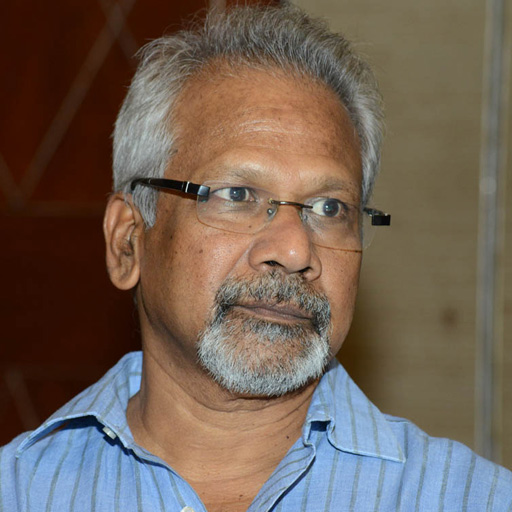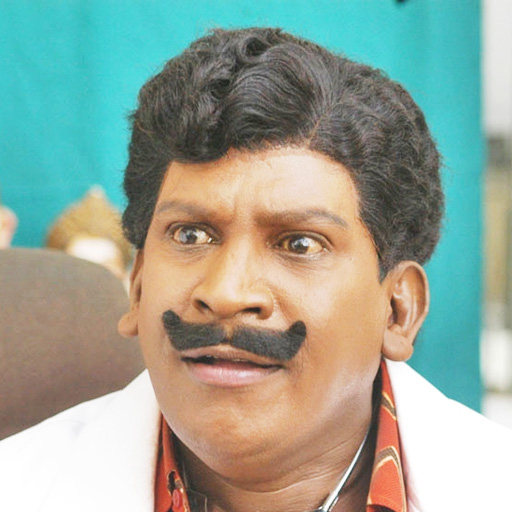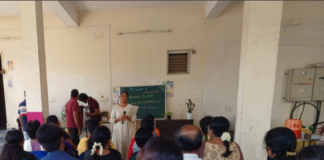A career in aviation attracts many youngsters, not the least because it offers a glamorous lifestyle and an opportunity to travel around the globe. Job opportunities have multiplied in recent times, since privatisation has resulted not only in a number of private airlines operating in the sector, but new international airlines have also started operations in India. However, before you sign up at the nearest flying school, you should know all about the career and know what it has to offer. The Competition Master presents here a comprehensive guide for a career in aviation and describe both sides of the picture. A list of addresses is also provided for students who would like to pursue a career in this lucrative field.
The aviation sector, which is dominated by Air India and Indian Airlines, has seen some remarkable changes in recent years. Private airlines entered the sector in a big way, though some of them are not doing too well these days. Many international airlines have started operations from the country, thanks to increased opportunities now available in the country after privatisation was taken up.
This has resulted in a huge demand for trained commercial pilots. Salaries have been pushed up : a trainee pilot can earn Rs 15,000 per month, which is a good amount for starters. Pilots earn Rs 65,000-85,000 per month; foreign airlines pay much more, going up to Rs 1.5 lakh per month and even higher. Add to this the charm of touring the world and going to distant destinations, staying in good hotels, having a status in life and perks of getting free tickets for your family. The charm of flying high-technology machines and soaring high is another factor for the popularity of this career.
Before you start pestering your parents to send you for the career, consider the other side of the picture too. It is a highly responsible job with no room for error. Flight timings are unearthly and this will play havoc with your body as well as your family life. If you are medically unfit at any time, you will be grounded with considerable financial loss. Besides that, flying at high altitudes is extremely tiring and may result in reduced vision, slowed reflexes, dizziness and ozone sickness. If you have travelled a long distance in a plane you will know the kind of fatigue that air travel generates. Imagine doing that for the rest of life. Do you think you can cope?
In fact, you should have a medical fitness test done even before you join. Pilots have to undergo medical and fitness tests at the Air Force Central Medical Establishment at New Delhi or the Institute of Aviation Medicine at Bangalore. A change in physical health, such as a heart ailment, epilepsy, diabetes and so on, can result in grounding of a pilot.
Consider also the cost of training. A commercial pilot’s license costs upwards of Rs 5 lakh. Private flying schools and foreign flying schools may charge Rs 15 lakh or above. The career is certainly not for you if you cannot spare that kind of money; no scholarships are available.
One way of making a career in aviation is to join the Air Force and leave for commercial airlines after serving the minimum number of years that are stipulated. Often, that is not feasible. To start early, it is advisable to go for a commercial pilots’ license straightaway.
The first step is to acquire a Student Pilots License (SPL). This can be obtained from a flying club in India after a test of air regulations, aviation meteorology and navigation. There are about 18 flying clubs in India, though only about 7 are reportedly active: Ludhiana, Patiala, Karnal, Hisar, Indore, Bombay and Delhi. The minimum age requirement is 16 years and you can join right after your school degree. You need to have studied science subjects in school: Physics, Chemistry and Mathematics.
The next step is to get a Private Pilots License (PPL). During this time, one is introduced to flying trainer aircraft, at first with an instructor and later solo. A PPL has to have 60 hours of flying experience. A Commercial Pilots License (CPL) requires 190 hours of flying. Examinations are also held and one has to keep clearing them to become a full fledged pilot. Training on a Cessna is about Rs 700 an hour including fuel and training. The CPL is more expensive, which may cost Rs 1500 an hour.
A license can be obtained from the Indira Gandhi Rashtriya Udaan Academy at Rae Bareilly (IGRUA) which was set up in 1986 to train pilots. To join the academy, you should have a PPL with 60 hours of flying. The cost is over Rs 3 lakh for a two-year course.
One can also go abroad for training. At the Aviation Training Inc, California, the cost is around $18,000 (Rs 6.3 lakh). There are other flying schools in Texas and Kansas which may be slightly cheaper. There are flying schools in Canada and Australia too which offer quality training. The advantage of doing a course abroad is that one can complete it in time. In India, training flights may often be delayed if the flying club does not have the requisite aircraft, fuel or trainers.
If you want to come back to India after training abroad, you will have to get an Indian pilots’ license. After getting an American pilots’ license, one has to get it converted to an Indian one from the Directorate General of Civil Aviation (DGCA). You may also have to undergo a flying check in India.
After the initial license, you will have to get an airline endorsement, which means training on large aircraft like the Boeing 737. The cost of training on such aircraft can work out to Rs 50,000 per hour. Indian Airlines will bear this cost if you join them, but be prepared to sign a seven-year financial bond if you do so. Private airlines charge up to Rs 6 lakh for an endorsement, taking the cost of training abroad to about Rs 15 lakh, if not higher. A new addition for training are the flight simulators though flying clubs do not have this equipment at present.
Prospects:
After getting an Indian license, one can apply to the airlines for jobs. One may join as a pilot and work upwards to become a Commander. In Indian Airlines, it may take 8-10 years to get command of a jet aircraft. Private airlines may take only half the time, since the flying hours that the pilot puts in are much higher. These days there is a shortage of pilots and foreign airlines such as Gulf Air, Emirates, Singapore Airlines and Air Lanka frequently hire Indian pilots. With Asia opening up, salaries have multiplied and it is not surprising to hear of a monthly salary of $6,000 after taxes (about Rs 2 lakh) or even a higher figure of $12,000. Apart from this, one may get to fly a bigger and more modern aircraft with a foreign airline.
A word of caution may be in order here. Many pilots switched to private airlines a few years back, lured by high salaries. With many such airlines folding up and running into losses, the high salaries have not been sustainable. In the past year, Damania was sold while Modiluft and East West were in serious trouble and were grounded due to various problems.
This is not to say that the prospects are poor for a pilot. The domestic private airlines may be failing because of restrictive rules and this has been pointed out by owners of airlines. Government policy is also very confused and a proposal of a tie up between Tatas and Singapore Airlines has not been allowed by the government. The country’s privatisation programme is clearly aimed at protecting the government monopoly. So the career opportunities at present are limited to Air India and Indian Airlines and foreign airlines.
Aptitude:
What does it take to become a pilot? You should have an aptitude to work with machines and vehicles. A pilot has to understand his machine in the way one would understand a car and look after it. The plane, is of course, much more serious. Technical snags may risk the lives of passengers and pilot. One has also to learn about the weather and how to deal with it. It is rightly said that a pilot must love flying, since the machine becomes an extension of self. It has to be kept perfectly maintained so that it does not create problems at high altitudes.
Some other qualities required are quick-thinking and the ability to take snap decisions. One needs to have sharp reflexes and the ability to keep calm in crises.
Choose the career if you have a good constitution, a love for flying and a stable temperament. There is the risk factor, where job security is almost non-existent. Not everybody can get into a foreign airline, so you will have to reconcile with the bureaucratic working of the domestic airline. According to those in the airlines, pilots in Indian Airlines get very few flying hours as compared to other airlines, which seriously affects ones career. Pilots are grounded at the slightest pretexts. They also have to go through medical examinations every six months. Since the pilot’s income is reduced in the months that he is not flying, grounding causes frustrations and hardship.
In the ultimate analysis, life as a pilot is both exciting and offers many opportunities to see the world. Like every other job, it has its negative side too. So the question boils down to whether you have a love for it or not. If you have a deep inborn desire for it, chances are that you will overcome difficulties and even make it big as a commercial pilot.
Are you built for a career in aviation?
Answer these questions to decide about a career in aviation:
How good is your general health and constitution?
Can your parents spend upwards of Rs 5 lakh for your training?
Do you panic easily when things go out of control?
Did you have science subjects in school?
Do you like driving and going to new places?
If you have a vehicle, how many times has it broken down?
Can you take quick decisions?
Are you dependable and willing to take responsibility for your actions?
Do you like to travel?
Are you able to repair machines yourself?
Questions 1-4 are critical and if you answered no to any of them, you can decide against a career in aviation. The other questions relate to your interest. You should have answered ‘yes’ to them (except Q. No. 6) to qualify.
This is a general quiz. For a detailed analysis, see a counsellor.
Flying clubs in India
Kamal Aviation Club, Kunjpura Road, Karnal – 132 001.
Hisar Aviation Club, Textile Road, Sirsa Bypass, Hisar – 125 002.
Bombay Flying Club, Juhu Aerodrome, Santa Cruz, Mumbai – 400 049.
School of Aviation Science and Technology, Delhi Flying Club, Safdarjung Airport, New Delhi – 110 003.
Abroad
Aviation Training Inc, 21593 Sky West Drive, Haywar, California.
Acme School of Aeronautics, Meachan Airport, Fort Worth, Texas 76106.
Atlantic Bridge Aviation, Lydd Airport, Kent, UK.
American Flyers International Campus, Executive Airport, Ft Lauderale, USA.
You may also contact:
Campus Abroad, Vijaya Complex, 5th Floor Asiad Colony Anna Nagar West, Madras 3D 600 101, for information on training abroad.
Navair International Flying School, 359-A, Deep Bungalow Chowk, Chinar Heights, Model Colony, Pune – 411 016. A Commercial Pilots License here costs Rs 15.50 lakh.



